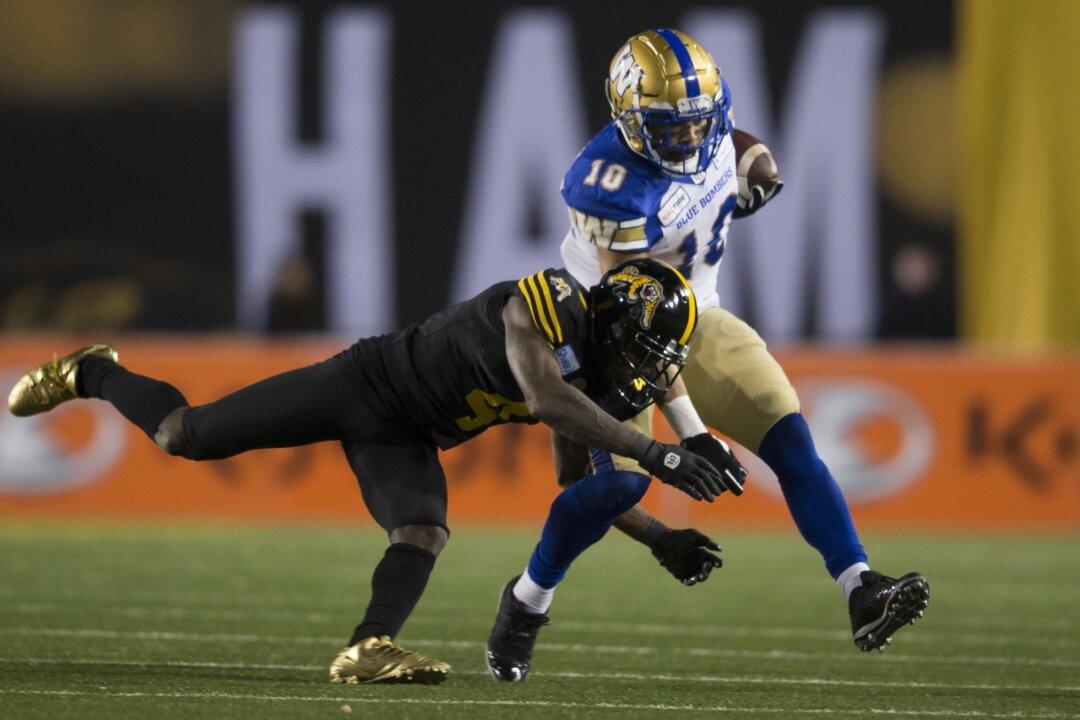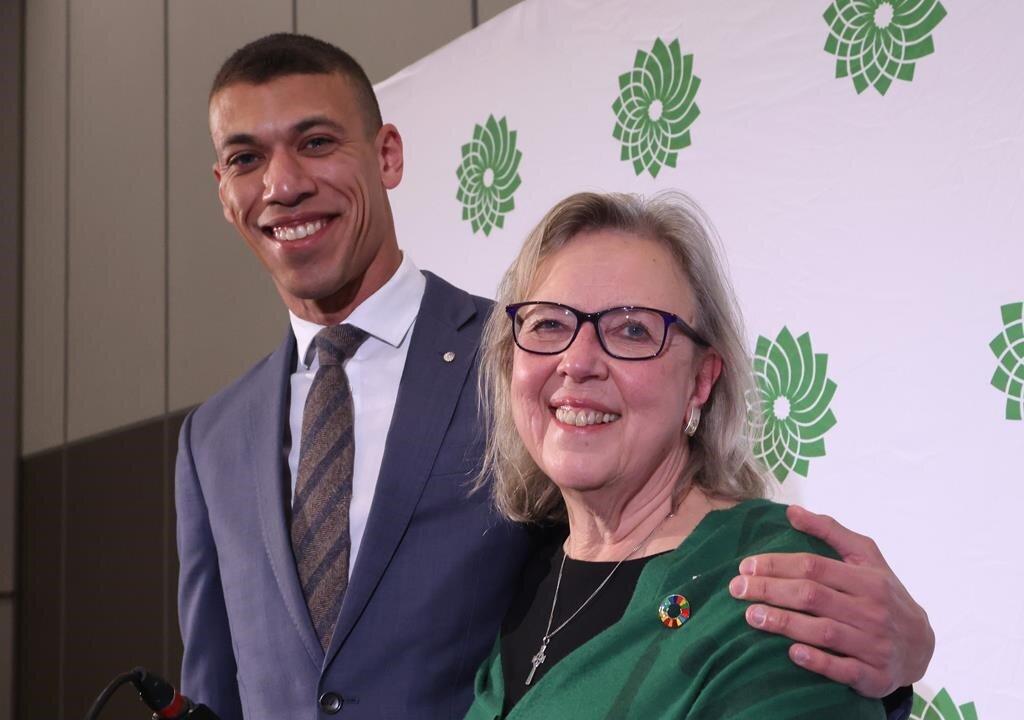The pandemic sidelined Canadian Football League players in 2020, but analysts say the league must find a way to play in 2021.
The 2020 season, scheduled to kick off on June 11, was pre-empted by COVD-19. Later, the league proposed a schedule one-third of its normal length, where each of the nine teams would only play six games in a safe “bubble” in Winnipeg. The federal government offered a $40 million loan to the league, but its fees and interest rates were too prohibitive for the CFL teams.





